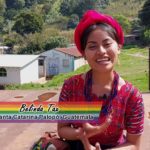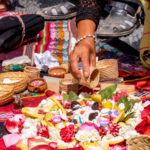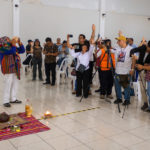Lima, Peru
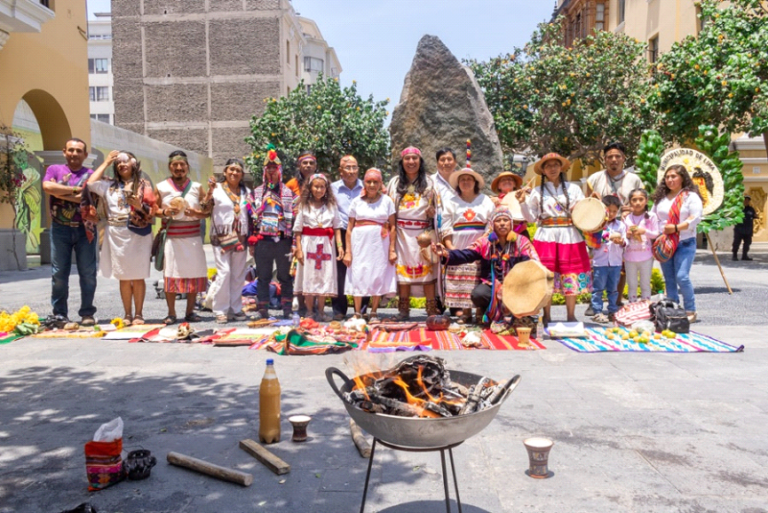
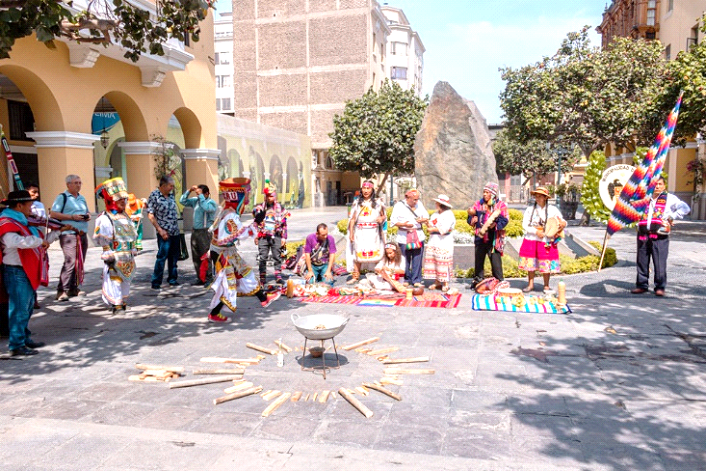
The indigenous peoples of Peru who reside in the capital, Lima (Rimaq Marka: People who speak), have organized themselves in the Tawantinsuyu Kamachiq of Rimaq Marka, which is the Great ancestral council made up of Yachaq (wise grandparents or native priests), the hamawtas (possessors of ancestral knowledge), and the native leaders of the four regions (Suyos) of Lima. The Great Council is the highest authority of the native peoples.
Organized in this way, while the anniversary of Lima or “City of the Kings” is celebrated every year, the indigenous peoples of Rimaq Marka pay homage to the last kurakas or Inca rulers called Taulichuko (or Taulichusco) and Kaxapaxa, who governed the Valley that spanned from the Chillón River to the Lurín River.
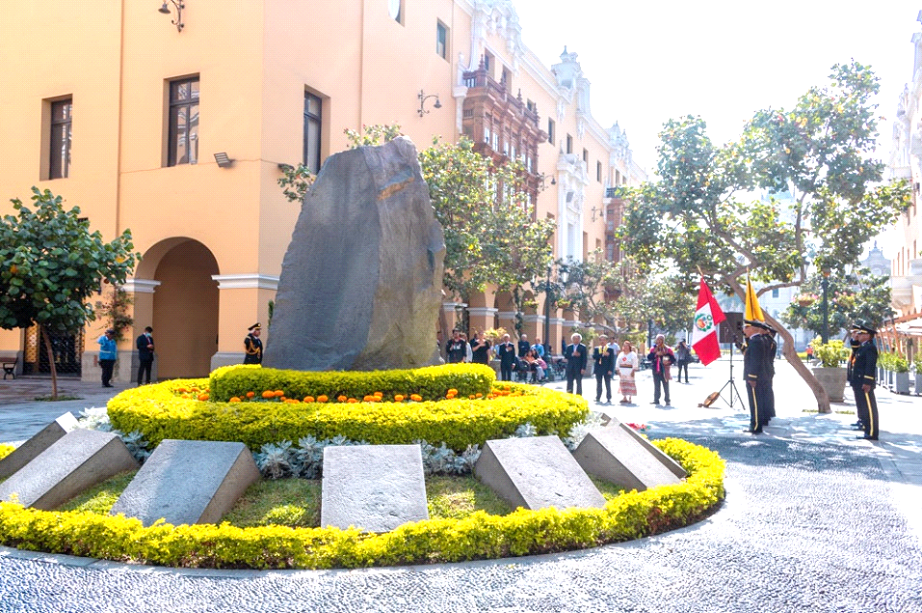
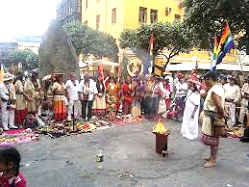
Where the government palace is today, was the palace of Tawlichuko, and where the ancestral temple Puma Inti was, today is the Cathedral of Lima, reflecting the political and spiritual unity with which the Rimaq Valley was governed.
In 1985, the then-mayor of Lima, Alfonso Barrantes Lingán, erected the monument in honor of Tawlichuko, the last Inca ruler, by transferring a huge granodiorite stone (Wanka) weighing 14 tons. The indigenous peoples of Lima, who always held ceremonies in that place, turned it into a waka, a sacred place.
The homage to the last kurakas also includes the ñusta mama Asarpay, daughter of Inca Huayna Kapaq, who was viciously murdered by order of the invader Francisco Pizarro. The homage to the kurakas begins with a Mañakuy ceremony, or request for permission to Apu Uchraru, called San Cristobal Hill, which takes place one day before at 6.00 pm, or on the same day at 6.00 am.
From 7.00 am, the opening ceremony takes place around the large stone, where blankets are extended with the different sacred elements of ancestral offering, which include coca leaves, sacred fire, and chicha de jora.
On this occasion, after the municipal authorities paid their respects by delivering a floral offering, the Tawantinsuyu kamachiq of Rimaq Marka carried out the main ceremony with a greeting to the apus or tutelary guides of the four directions and the four worlds, followed by the scissor dance, an intangible cultural heritage of humanity, which is the ritual of the dancing priests.
Then, they marched with music and dances to the Rimac River, or talking river, next to the government palace.
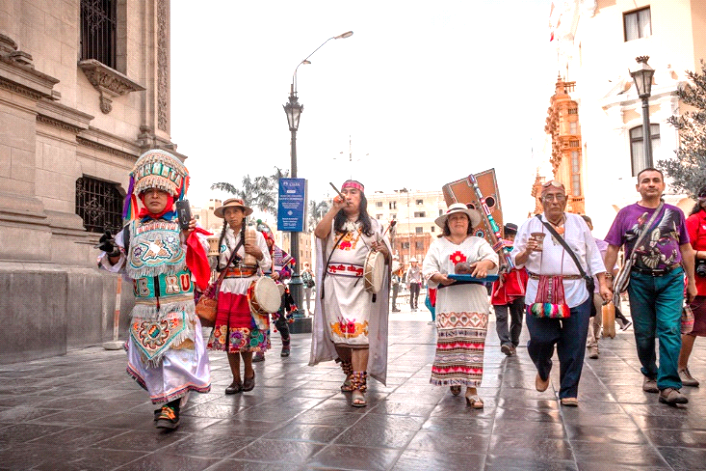

Upon arrival at the bridge, they chose the central part of the river and, facing southeast, set up the ancestral table and placed the offering elements there to purify the waters of the river that crosses Lima. They handed over coca leaves, chicha de jora, and flower petals for the flourishing of the river and the inhabitants of Rimaq marka.
On the return, always on the same route, the police guarding the government palace told them that the entrance was from another place and did not allow them to enter.
After appealing to the police officers guarding the government palace with persuasive reasoning, the entourage was allowed to return by the same path.
The main table around the Wanka hosted the hatun Hayway, or great offering, where tribute was paid to the last kurakas Tawlichuko, Kaxapaxa, and the ñusta Asarpay as a homage to the recently murdered indigenous brothers.
The tutelary apus were also invoked to receive and guide the indigenous peoples arriving towards the march of the four suyos to demand their claims regarding the destiny of the republic, which include the resignation of Mrs. Dina Boluarte, the release of President Pedro Castillo, early elections, and a new constitution oriented towards a plurinational state that considers the participation of the indigenous nations.


Special attention is given to the final invocation of the hatun mamakuna Yaya Oq’llo, a wise grandmother who carried the staff of the Great Council of the Eagle and the Condor. She made the closing offering before the sacred fire, while receiving flowers, and two sacred birds gave their approval with circular flights in the sky of Rimaq marka, Lima-Peru.
Wanka Inti (Gerson Paredes)
Kuraka of Rimaq Marka
Photographs: Yoselin Rondan Reyes

